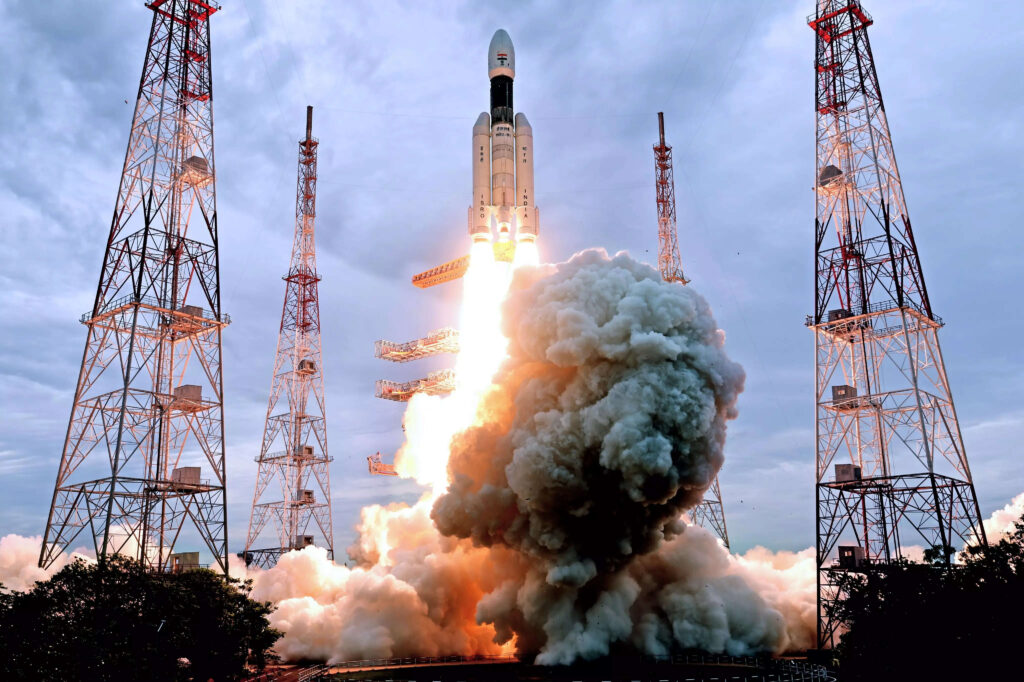

Chandrayaan-3: India’s Next Leap in Lunar Exploration

The Indian Space Research Organisation (ISRO) has once again captured the world’s attention with its ambitious plans for lunar exploration. Building on the successes of Chandrayaan-1 and Chandrayaan-2, ISRO is now gearing up for its next lunar mission, Chandrayaan-3. This mission holds the promise of further advancing our understanding of the Moon’s surface and its geological evolution, while also showcasing India’s growing capabilities in space exploration.

Background:
Chandrayaan-1, launched in 2008, marked India’s first mission to the Moon. It achieved a major milestone by discovering water molecules on the lunar surface, revolutionizing our understanding of Earth’s celestial neighbor. Chandrayaan-2, launched in 2019, aimed to build on these findings and included an orbiter, a lander (Vikram), and a rover (Pragyan). While the orbiter continues to send valuable data back to Earth, the lander lost communication during its descent.
Chandrayaan-3 Objectives:
Chandrayaan-3 aims to achieve what its predecessor could not – a successful soft landing on the lunar surface. The mission will consist of a lander and a rover, much like Chandrayaan-2, but with improvements based on lessons learned from the previous mission. The primary scientific objectives of Chandrayaan-3 include:
Technological Advancements:
Chandrayaan-3 is expected to build upon the technological advancements from its predecessors. While the orbiter will share similarities with Chandrayaan-2’s orbiter, the lander and rover will likely feature design improvements to enhance their reliability during the landing process. Engineers and scientists have been working to rectify the issues that led to the communication loss during Vikram’s descent in Chandrayaan-2.

International Collaboration:
ISRO has been open to international collaboration in its lunar exploration endeavors. Chandrayaan-2 included payloads from other countries, and Chandrayaan-3 might continue this trend, fostering collaboration and knowledge-sharing on a global scale.
Public Interest and Inspiration:
India’s lunar missions have consistently captured the imagination of the public and have inspired generations of young scientists and engineers. Chandrayaan-3’s success would further bolster India’s reputation in space exploration and demonstrate the nation’s technological prowess.
Conclusion:
Chandrayaan-3 represents India’s steadfast commitment to advancing our understanding of the Moon and the universe at large. With its scientific objectives, technological innovations, and potential international collaborations, the mission is poised to contribute significantly to humanity’s knowledge of the Moon’s geology, water resources, and more. As ISRO continues to push the boundaries of space exploration, Chandrayaan-3 could mark a historic achievement in India’s journey to unravel the mysteries of the cosmos.
Comments
Studykeeda August 23, 2023 at 5:38 pm
Chandrayaan-3 landing update: In its latest update, ISRO will initiate the Automatic Landing Sequence after Vikram Lander reaches a designated point after 5:44 pm. During this phase, Vikram LM will activate the throttleable engines for powered descent.